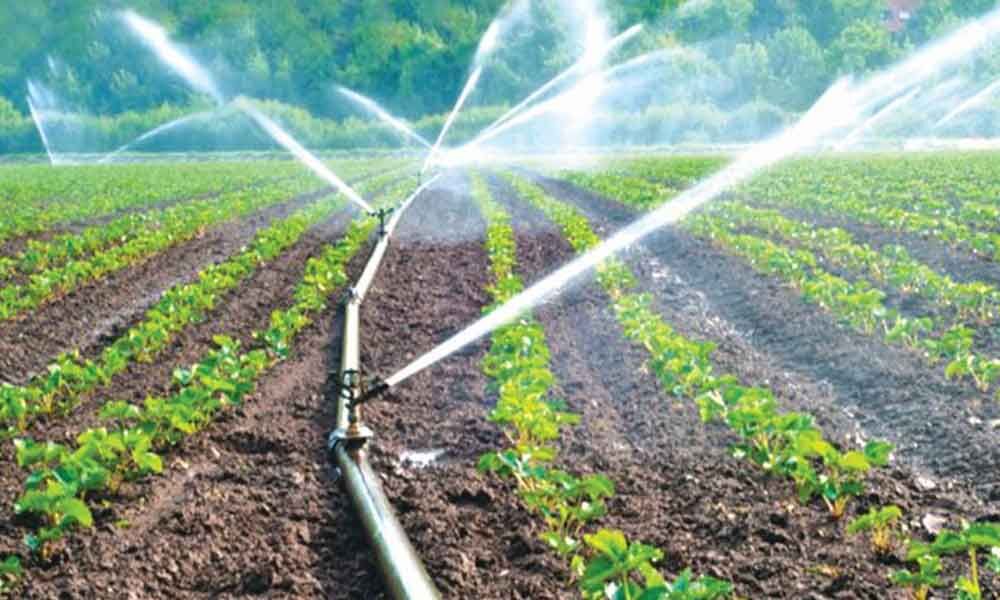As more and more people become interested in sustainable gardening practices, micro-irrigation has gained popularity as an efficient and eco-friendly way to water plants. Micro-irrigation is a low-volume irrigation system that delivers water directly to the base of plants, where it can be easily taken up by the roots. In this blog post, we will take a closer look at the different types of micro-irrigation and how they can benefit plant health.

1. Micro Sprayer
One of the most common types of micro-irrigation is the micro-sprayer. As the name suggests, micro-sprayers are small, low volume sprinklers that deliver water in a fine mist. These can be used to water container plants, hanging baskets, and other small areas.
Micro sprayers come in a range of spray patterns, so it's important to choose the right one for your plants. Some models have adjustable heads that allow you to change the flow rate and direction of the spray. This gives you more control over where the water goes, and helps to prevent water waste.
2. Drip Emitters
Drip emitters, also known as drip irrigation, are another popular type of micro-irrigation. These systems use drippers or bubblers that release water at a slow and steady rate directly to the plant's root zone.
Drip emitters deliver water slowly and evenly, which helps to prevent both overwatering and underwatering. This is particularly important for plants that are sensitive to changes in moisture levels, such as succulents and cacti.
3. Bubblers
Bubblers are another type of micro-irrigation that deliver water in a slow, steady stream. These are especially useful for deep-rooted plants, such as trees and shrubs, that require a large volume of water.
Bubblers typically have an adjustable flow rate, which makes them versatile and adaptable to different soil types and plant species. They are also less likely to cause soil erosion than other types of irrigation systems, since the water is delivered slowly and directly to the plant's root zone.
4. In-Line Drip Tubing
In-line drip tubing is a specialized type of drip irrigation that is installed underground. This system delivers water directly to the plant's root zone through a network of small, perforated tubes that are buried just below the soil surface.
In-line drip tubing is ideal for large areas of landscape planting, such as flower beds, vegetable gardens, and orchards. It is also highly efficient, since the water is delivered directly to the plant's root zone, where it can be quickly absorbed.
In conclusion, micro-irrigation is a highly effective and sustainable way to irrigate plants, shrubs, and trees. By choosing the right type of micro-irrigation system for your needs, you can improve plant health, conserve water, and reduce your environmental impact. So why not give micro-irrigation a try in your garden today?